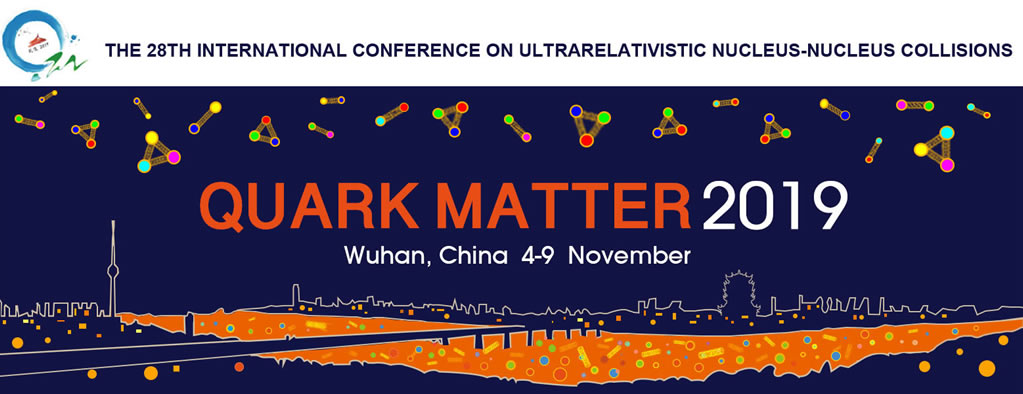Speaker
Description
We propose a new and improved principal component analysis (PCA), which characterizes the fluctuations of anisotropic flow and how these fluctuations are correlated in transverse momentum. Then, using state-of-the-art hydrodynamic simulations, we make an explicit connection between the initial geometry and these principal components. The usual eccentricity scaling of anisotropic flow implies only a leading principal component, but by including more terms in a cumulant expansion, we can also describe subleading PCA modes, and explicitly show what properties of the initial state generate these subleading fluctuations. In particular, subleading elliptic flows are generated by higher order cumulants, and therefore probe small length scales of the initial state. Conversely, subleading triangular flow is more sensitive to nonlinear, mixed harmonic geometric anisotropies. With this information, it will be possible to put new constraints on properties of the early-time dynamics of a heavy-ion collision, including small-scale structure, as well as properties of the Quark-Gluon Plasma.
References:
[1] M. Hippert, D. Dobrigkeit Chinellato, M. Luzum, J. Noronha, T. Nunes da Silva and J. Takahashi, arXiv:1906.08915
[2] M. Hippert, D. Dobrigkeit Chinellato, M. Luzum, J. Noronha, T. Nunes da Silva and J. Takahashi, in preparation
